Gardening
-

Alligator Chainsaw (1)
-
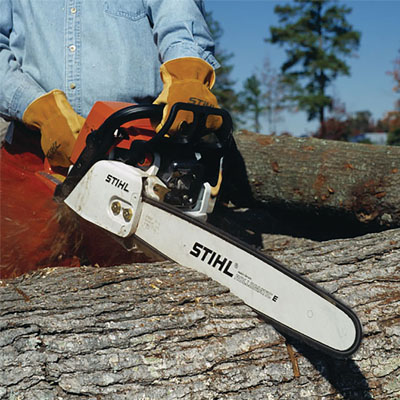
Chainsaws (13)
-
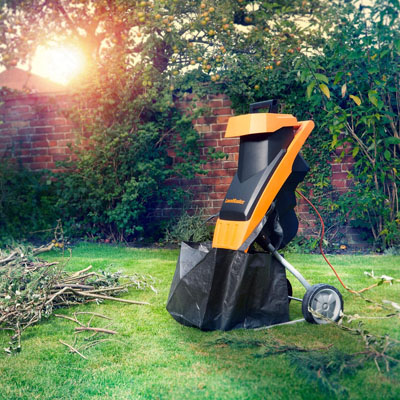
Garden Shredder (1)
-

Garden Trimmers (5)
-
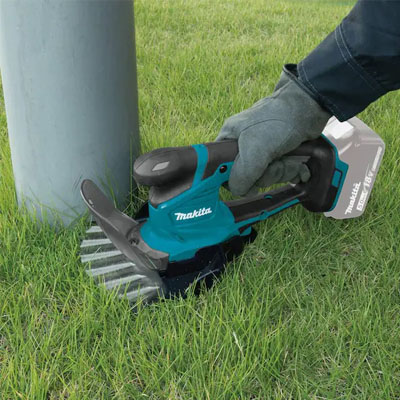
Grass shear (9)
-

Hedge Cutters (19)
-
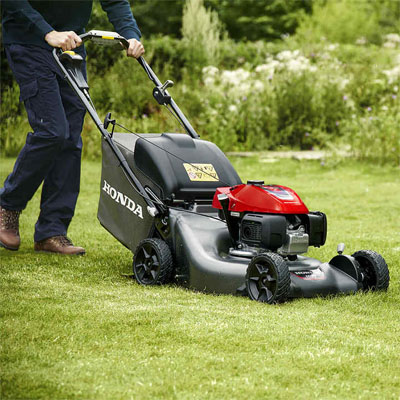
Lawnmowers (17)
-

Leaf Blower (12)
-
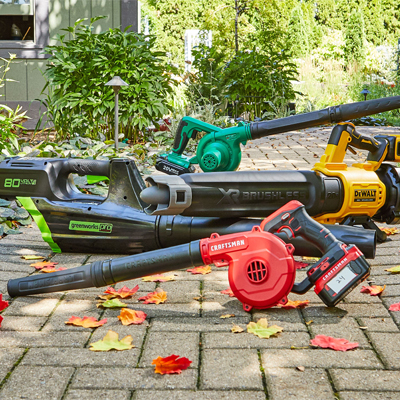
Leaf Blowers (1)
-

Pole Saw (1)
-
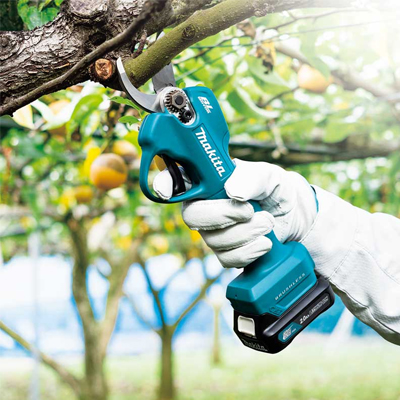
Pruning Shear (1)
-
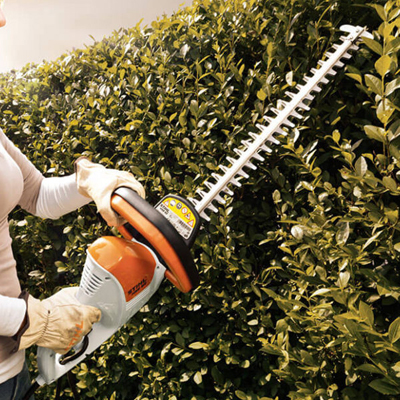
Trimmers & Hedge Cutters (1)
Deals on Gardening Tools
When it comes to purchasing gardening tools, making the right choices can significantly impact your gardening experience and the health of your plants. Gardening tools are essential instruments for anyone with a green thumb and a passion for cultivating a beautiful outdoor space. These tools come in a wide variety, each designed to perform specific tasks that make the art of gardening more efficient and enjoyable. Pruning and shaping your garden plants can be a creative endeavor, and this is where tools like pruning shears, loppers, and hedge trimmers shine. Pruning shears are perfect for precision trimming of branches and stems, while loppers, with their longer handles and larger blades, can tackle thicker branches.
Types of Gardening Tools
Shovel price comparison
Shovels are versatile tools with a flat, pointed blade and a long handle. They are used for digging, lifting, and moving soil, compost, and plants. They come in various styles, including round-point shovels for digging and square-point shovels for moving materials.
Spade with ergonomic handle
Spades have a flat, square blade and are excellent for edging, trenching, and digging precise holes for planting. They offer more control and precision than shovels and are perfect for shaping garden beds.
Garden rake for sale
Rakes feature a set of tines attached to a handle and are used for leveling soil, spreading mulch, and removing debris like leaves and grass clippings. Garden rakes have sturdy tines, while leaf rakes have thinner, more flexible tines for easier leaf collection.
Hoe with ergonomic grip
Hoes come in various styles, such as the traditional hoe with a flat, rectangular blade and a long handle or the Dutch hoe with a scuffle-shaped blade. They are used for weeding, cultivating, and breaking up soil.
Pruning shears with stainless steel blades
Pruning shears, also known as hand pruners or secateurs, are designed for cutting branches and stems up to a certain diameter. They come in bypass and anvil styles, each with its cutting mechanism for different types of pruning.
Professional loppers for sale
Loppers have long handles and are used for cutting thicker branches and stems that are too large for pruning shears. They provide more leverage for clean, precise cuts.
Hedge trimmer price comparison
Hedge trimmers are motorized or manual tools designed for trimming and shaping hedges and bushes. Electric or gas-powered models are ideal for larger hedges, while manual hedge shears offer more control for detailed work.
Narrow hand trowel for sale
Hand trowels have a small, scoop-shaped blade and are perfect for planting small seedlings, bulbs, and digging in tight spaces. They are essential for precision work in the garden.
Cultivator with ergonomic handle
Cultivators feature multiple curved prongs or tines and are used for loosening soil, weeding, and preparing the ground for planting. They help aerate the soil and break up clumps.
Wheelbarrow price comparison
A wheelbarrow is a must-have for transporting heavy materials like soil, mulch, and plants around the garden. It consists of a single wheel and a tray or bin for carrying loads.
Watering can with no-spill design
Watering cans have a spout and handle for controlled and precise watering of plants, especially seedlings and potted plants. They come in various sizes and materials, including plastic and metal.
Features of Gardening Tools
- Ergonomic Handles: Many modern gardening tools designed with ergonomic handles to reduce strain on your hands and wrists. These handles shaped to fit your grip comfortably and may have cushioning or non-slip materials for better control.
- Quality Materials: High-quality materials, such as stainless steel, forged steel, or rust-resistant coatings, make tools more durable and resistant to wear and tear. Look for tools made from these materials to ensure longevity.
- Blade Types: Different gardening tools have various blade types to suit specific tasks. For example, bypass pruning shears have curved blades for clean cuts, while anvil pruning shears have a blade that meets a flat surface for cutting thicker branches.
- Adjustable Features: Some tools, like rakes or hoes, have adjustable features like telescopic handles or swappable attachments to adapt to different tasks and user heights.
- Safety Features: Some tools have built-in safety features, such as locking mechanisms on pruning shears or safety guards on hedge trimmers, to prevent accidents during use.
Benefits of Gardening Tools
- Efficiency: Gardening tools help you complete tasks more efficiently, whether it’s digging, weeding, pruning, or watering. They save time and effort compared to doing these tasks by hand.
- Precision: Many gardening tools designed for precision work. Pruning shears, for instance, allow you to make accurate cuts to encourage healthy plant growth.
- Reduced Physical Strain: Ergonomic handles and well-designed tools reduce the physical strain associated with gardening. This makes gardening more comfortable, especially during extended sessions.
- Better Plant Health: Properly maintained and pruned plants are generally healthier and more productive. Using the right tools for the job can lead to better plant care and more abundant yields.
- Safety: Using appropriate tools for specific tasks enhances safety. For example, using pruning shears instead of a knife for cutting branches reduces the risk of accidents.
Safety Considerations:
- Wear Appropriate Safety Gear: Depending on the task, wear safety gear like gloves, safety glasses, and knee pads to protect yourself from thorns, debris, and strain.
- Inspect Tools Regularly: Check your tools for any damage or wear before using them. Damaged tools can be dangerous and less effective.
- Use Tools as Intended: Use each tool for its intended purpose. Using a tool for a task it wasn’t designed for can lead to accidents and tool damage.
- Keep Tools Clean: Clean your tools after use to prevent the spread of diseases among plants. Cleaning also helps maintain the tool’s effectiveness.
- Store Tools Safely: Store your gardening tools in a dry, secure place to prevent accidents and extend their lifespan. Hang them on a wall or keep them in a shed or toolbox.


























































